Jiecao Yu
Jack
Accelerating Transformer Inference and Training with 2:4 Activation Sparsity
Mar 20, 2025Abstract:In this paper, we demonstrate how to leverage 2:4 sparsity, a popular hardware-accelerated GPU sparsity pattern, to activations to accelerate large language model training and inference. Crucially we exploit the intrinsic sparsity found in Squared-ReLU activations to provide this acceleration with no accuracy loss. Our approach achieves up to 1.3x faster Feed Forward Network (FFNs) in both the forwards and backwards pass. This work highlights the potential for sparsity to play a key role in accelerating large language model training and inference.
The Llama 3 Herd of Models
Jul 31, 2024Abstract:Modern artificial intelligence (AI) systems are powered by foundation models. This paper presents a new set of foundation models, called Llama 3. It is a herd of language models that natively support multilinguality, coding, reasoning, and tool usage. Our largest model is a dense Transformer with 405B parameters and a context window of up to 128K tokens. This paper presents an extensive empirical evaluation of Llama 3. We find that Llama 3 delivers comparable quality to leading language models such as GPT-4 on a plethora of tasks. We publicly release Llama 3, including pre-trained and post-trained versions of the 405B parameter language model and our Llama Guard 3 model for input and output safety. The paper also presents the results of experiments in which we integrate image, video, and speech capabilities into Llama 3 via a compositional approach. We observe this approach performs competitively with the state-of-the-art on image, video, and speech recognition tasks. The resulting models are not yet being broadly released as they are still under development.
Alternate Model Growth and Pruning for Efficient Training of Recommendation Systems
May 04, 2021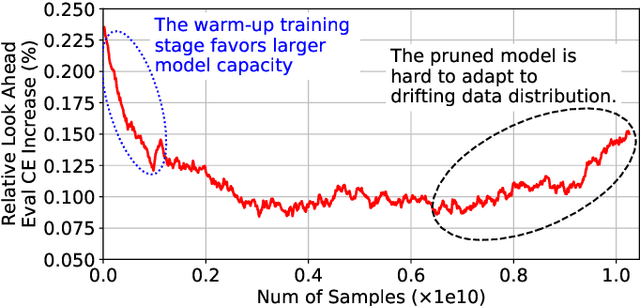
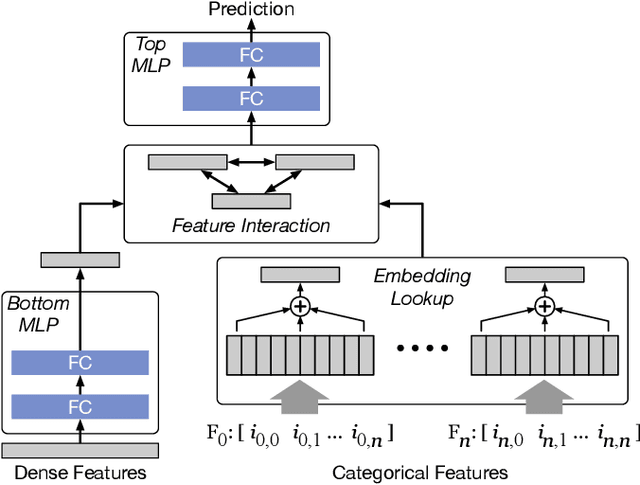


Abstract:Deep learning recommendation systems at scale have provided remarkable gains through increasing model capacity (i.e. wider and deeper neural networks), but it comes at significant training cost and infrastructure cost. Model pruning is an effective technique to reduce computation overhead for deep neural networks by removing redundant parameters. However, modern recommendation systems are still thirsty for model capacity due to the demand for handling big data. Thus, pruning a recommendation model at scale results in a smaller model capacity and consequently lower accuracy. To reduce computation cost without sacrificing model capacity, we propose a dynamic training scheme, namely alternate model growth and pruning, to alternatively construct and prune weights in the course of training. Our method leverages structured sparsification to reduce computational cost without hurting the model capacity at the end of offline training so that a full-size model is available in the recurring training stage to learn new data in real-time. To the best of our knowledge, this is the first work to provide in-depth experiments and discussion of applying structural dynamics to recommendation systems at scale to reduce training cost. The proposed method is validated with an open-source deep-learning recommendation model (DLRM) and state-of-the-art industrial-scale production models.
Adaptive Dense-to-Sparse Paradigm for Pruning Online Recommendation System with Non-Stationary Data
Oct 21, 2020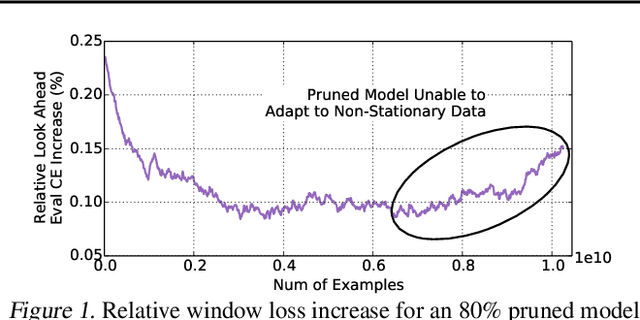
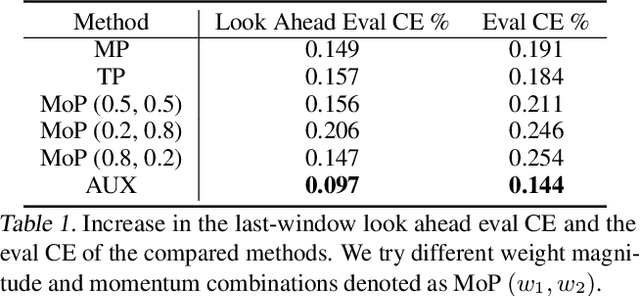
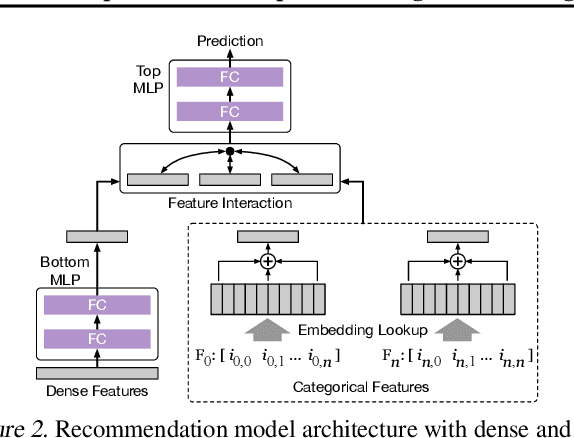
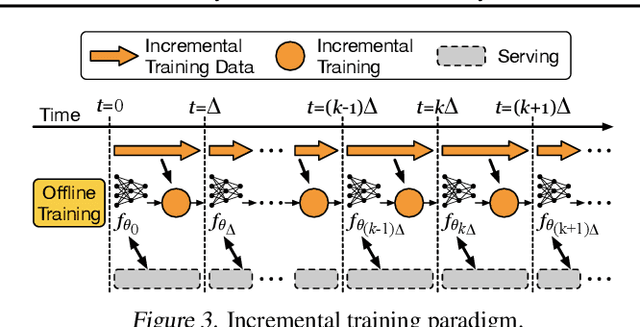
Abstract:Large scale deep learning provides a tremendous opportunity to improve the quality of content recommendation systems by employing both wider and deeper models, but this comes at great infrastructural cost and carbon footprint in modern data centers. Pruning is an effective technique that reduces both memory and compute demand for model inference. However, pruning for online recommendation systems is challenging due to the continuous data distribution shift (a.k.a non-stationary data). Although incremental training on the full model is able to adapt to the non-stationary data, directly applying it on the pruned model leads to accuracy loss. This is because the sparsity pattern after pruning requires adjustment to learn new patterns. To the best of our knowledge, this is the first work to provide in-depth analysis and discussion of applying pruning to online recommendation systems with non-stationary data distribution. Overall, this work makes the following contributions: 1) We present an adaptive dense to sparse paradigm equipped with a novel pruning algorithm for pruning a large scale recommendation system with non-stationary data distribution; 2) We design the pruning algorithm to automatically learn the sparsity across layers to avoid repeating hand-tuning, which is critical for pruning the heterogeneous architectures of recommendation systems trained with non-stationary data.
Spatial-Winograd Pruning Enabling Sparse Winograd Convolution
Jan 08, 2019



Abstract:Deep convolutional neural networks (CNNs) are deployed in various applications but demand immense computational requirements. Pruning techniques and Winograd convolution are two typical methods to reduce the CNN computation. However, they cannot be directly combined because Winograd transformation fills in the sparsity resulting from pruning. Li et al. (2017) propose sparse Winograd convolution in which weights are directly pruned in the Winograd domain, but this technique is not very practical because Winograd-domain retraining requires low learning rates and hence significantly longer training time. Besides, Liu et al. (2018) move the ReLU function into the Winograd domain, which can help increase the weight sparsity but requires changes in the network structure. To achieve a high Winograd-domain weight sparsity without changing network structures, we propose a new pruning method, spatial-Winograd pruning. As the first step, spatial-domain weights are pruned in a structured way, which efficiently transfers the spatial-domain sparsity into the Winograd domain and avoids Winograd-domain retraining. For the next step, we also perform pruning and retraining directly in the Winograd domain but propose to use an importance factor matrix to adjust weight importance and weight gradients. This adjustment makes it possible to effectively retrain the pruned Winograd-domain network without changing the network structure. For the three models on the datasets of CIFAR10, CIFAR-100, and ImageNet, our proposed method can achieve the Winograd domain sparsities of 63%, 50%, and 74%, respectively.
 Add to Chrome
Add to Chrome Add to Firefox
Add to Firefox Add to Edge
Add to Edge